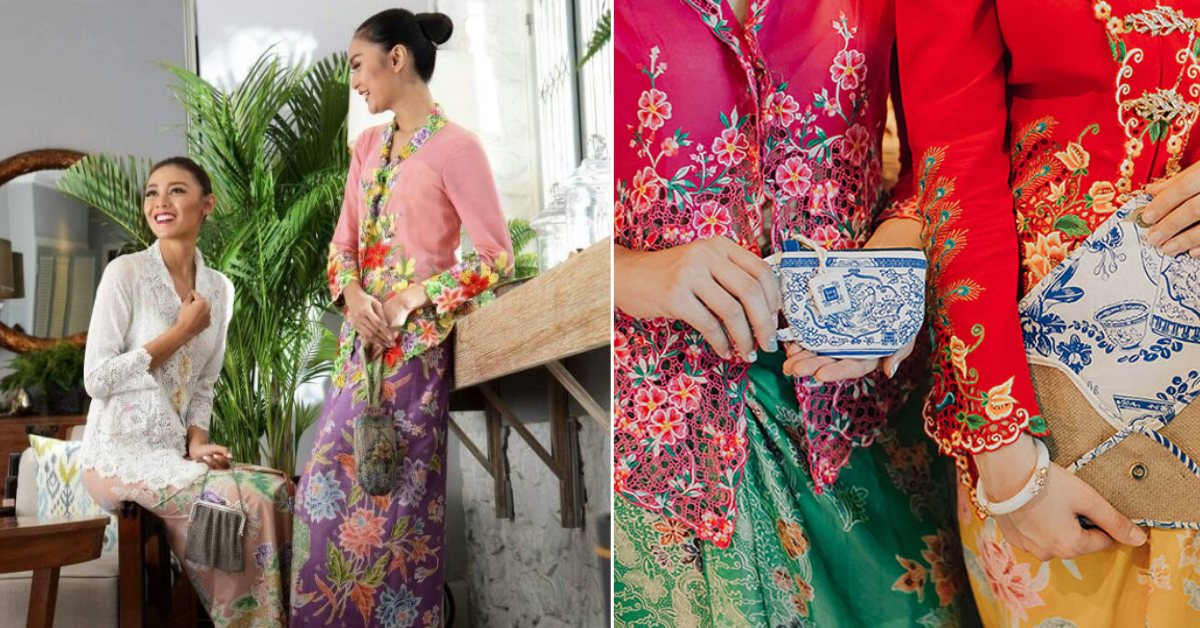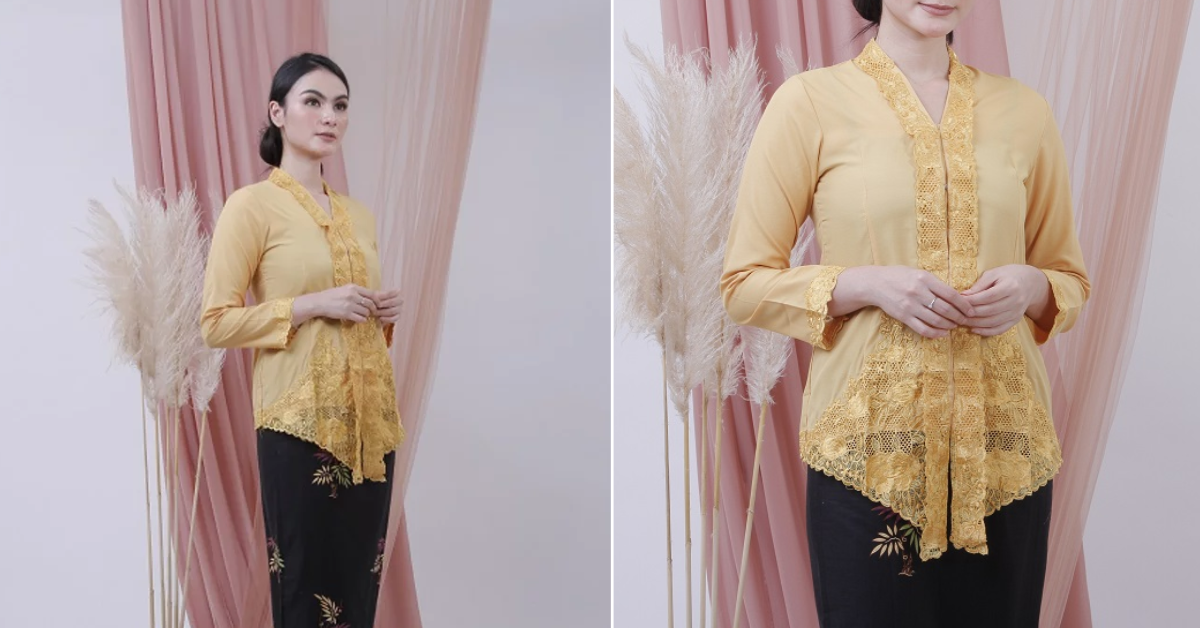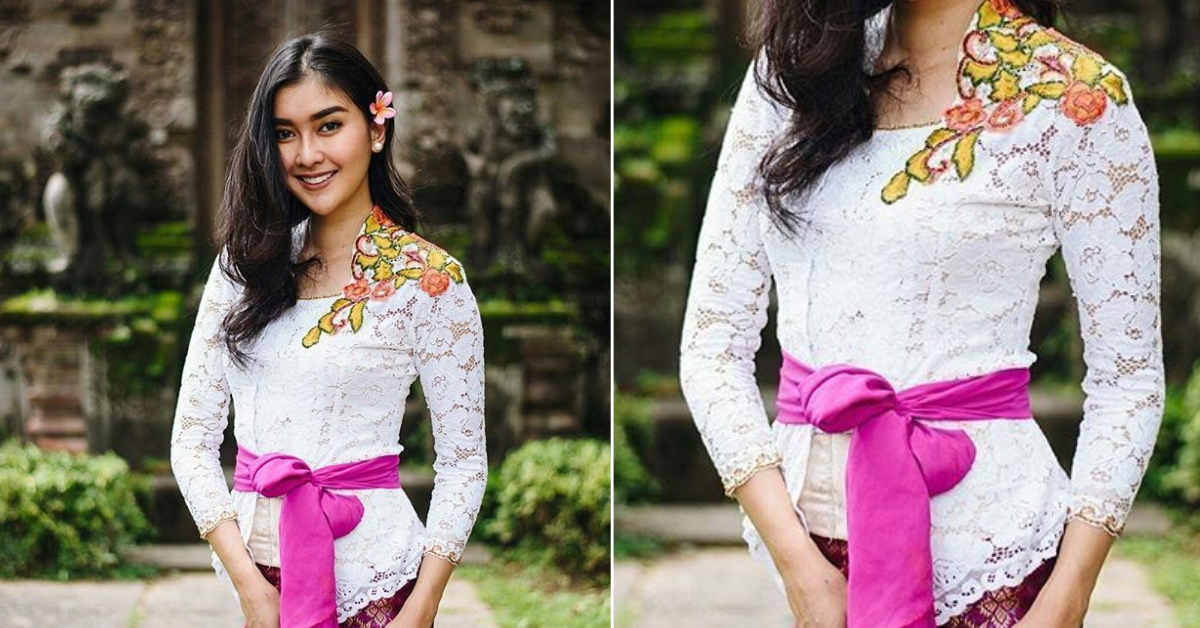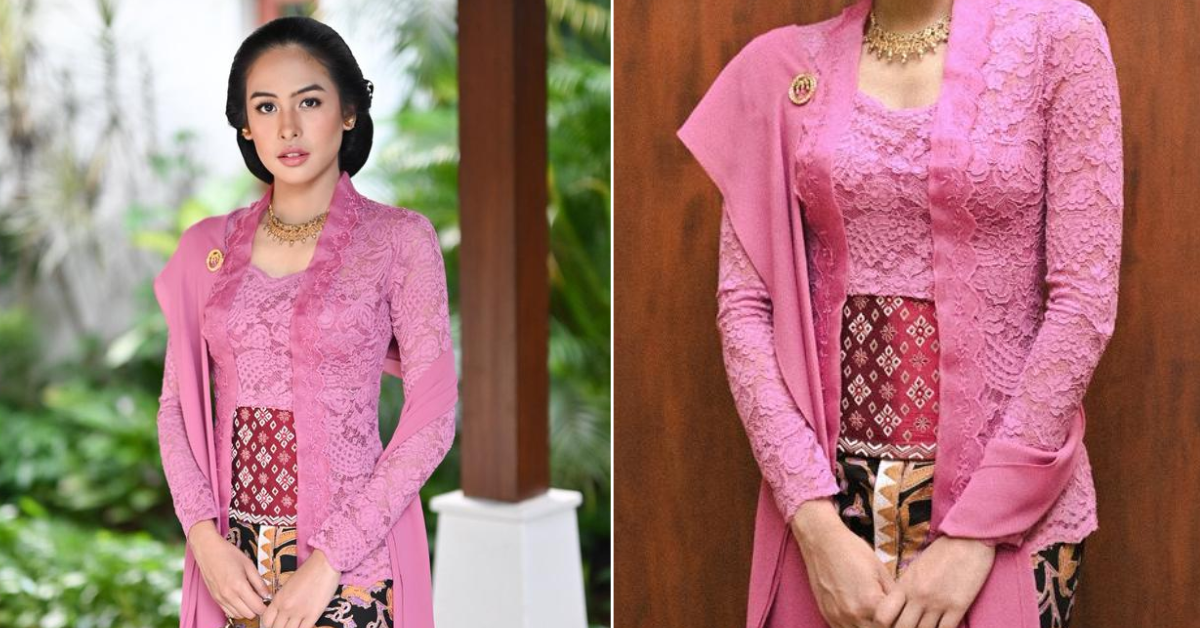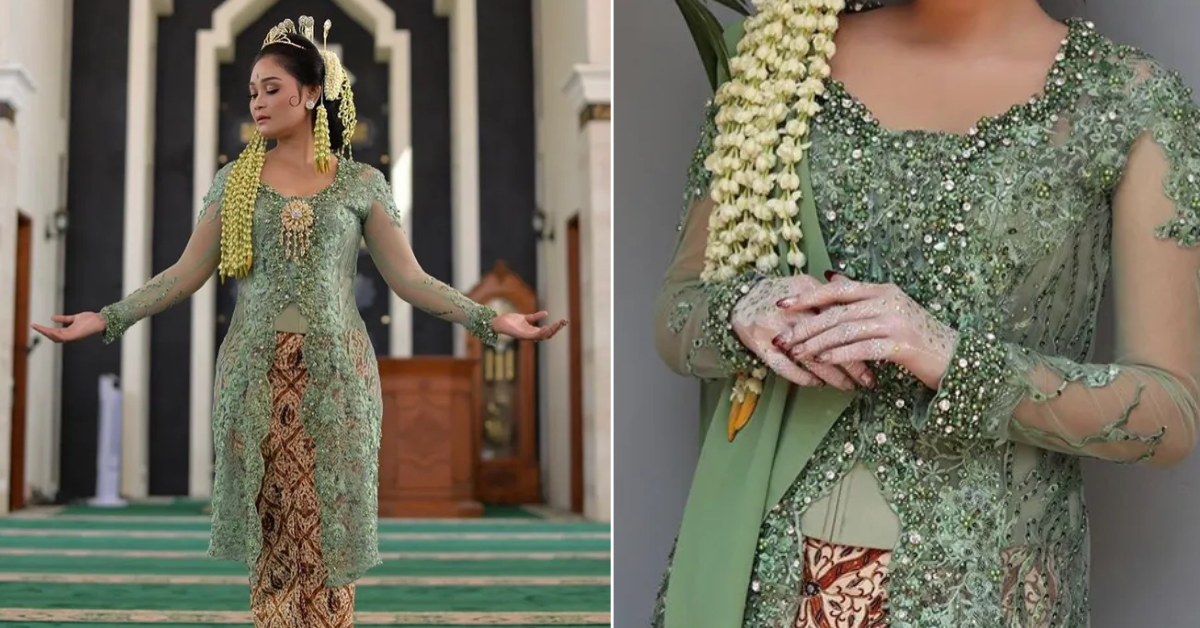Here Are 7 Types Of Kebaya You Probably Never Knew Existed
Such timeless beauty.
The kebaya has always been a Southeast Asian favourite with its evergreen designs and constant innovation
Baju kurung and kebaya are traditional Malay attires that have been innovated through the years. These classic attires are famously worn for special occasions like weddings and annual Raya gatherings. There are now so many variations of the kebaya that have been modernised and adapted to suit the current trends and preferences.
It is mostly apparent in Southeast Asian countries like Malaysia and Indonesia, where the timeless art of batik that has been kept alive through history, has contributed greatly to the development of the kebaya fashion industry.
1. Nyonya kebaya
A famous kebaya style in Malaysia is undoubtedly the Nyonya kebaya, which originated from the Baba Peranakan community.
This kebaya style is made out of sheer fabric and usually paired with a sarong or batik skirt. Some even style it with colourful songket or batik lepas.
Its signature is the handmade embroidery that can be seen at the bottom section of the kebaya. Sometimes, these embroidery can even take up half of the kebaya itself. The design of the embroidery typically uses flora and fauna motifs.
2. Kartini kebaya
The 'Kartini' kebaya fashion is inspired from the Indonesian icon, Kartini, a women's rights activist who advocated for female education. She donned this kebaya style so often in her daily life that the kebaya was named after her.
This style of kebaya usually uses thick, cotton fabric with a V-line shaped collar. A prominent feature of this type of kebaya is its clean, signature fold. The length of the kebaya goes past the hips and gives the wearer a long, slim look.
3. Javanese kebaya
Javanese kebaya is commonly in black and has a minimalistic design as compared to other kebaya styles. The fabrics used to make this type of kebaya is either opaque or semi transparent.
This kebaya can have a plain or patterned design, and some of the most popular fabrics used to make this kebaya include silk and velvet material. It's also most often paired with a dark or brown skirt.
4. Balinese kebaya
Similar to its Javanese counterpart, the Balinese kebaya also has the same signature V-neckline and folded collar. Each type of Balinese kebaya has its own design and specific purpose, such as for traditional events and social status.
This type of kebaya is form-fitting and typically uses cotton or brocade fabrics that are almost see-through. Initially worn with a brooch, now it is mostly worn with a shawl tied around the waist.
5. Kutubaru kebaya
The Kutubaru kebaya originated from Central Java and is almost similar to the Javanese kebaya design.
However, the Kutubaru contains an extra fabric that connects the opening of the kebaya across the chest and abdomen, producing a rectangle-shaped collar, in order to mimic the look of an unbuttoned kebaya worn over a matching skirt in the past.
6. Sundanese kebaya
Sunda kebaya is mostly made with brocade. This kebaya is the most popular among Indonesians for weddings.
This kebaya style is frequently improvised into a wedding dress, like adding on a long train inspired by European wedding fashion. The Sunda kebaya is form-fitting and has a U-shaped collar that is often embroidered with beads.
7. Eurasian kebaya
The Eurasian kebaya, also known as Noni kebaya, came into prominence during the Dutch colonisation of Indonesia. The Dutch women began wearing loose-fitting kebaya due to the hot weather in Indonesia.
Adapted from the kebaya worn by Nyai, the native Indonesians working in the colonial households, the Dutch women started wearing kebaya for formal events instead of the European dresses with corsets.
This kebaya style was mostly white in colour and used a very light fabric, adorned with lace imported from the Netherlands. They even designed kebaya for evening wear made with black-coloured silk fabrics.
